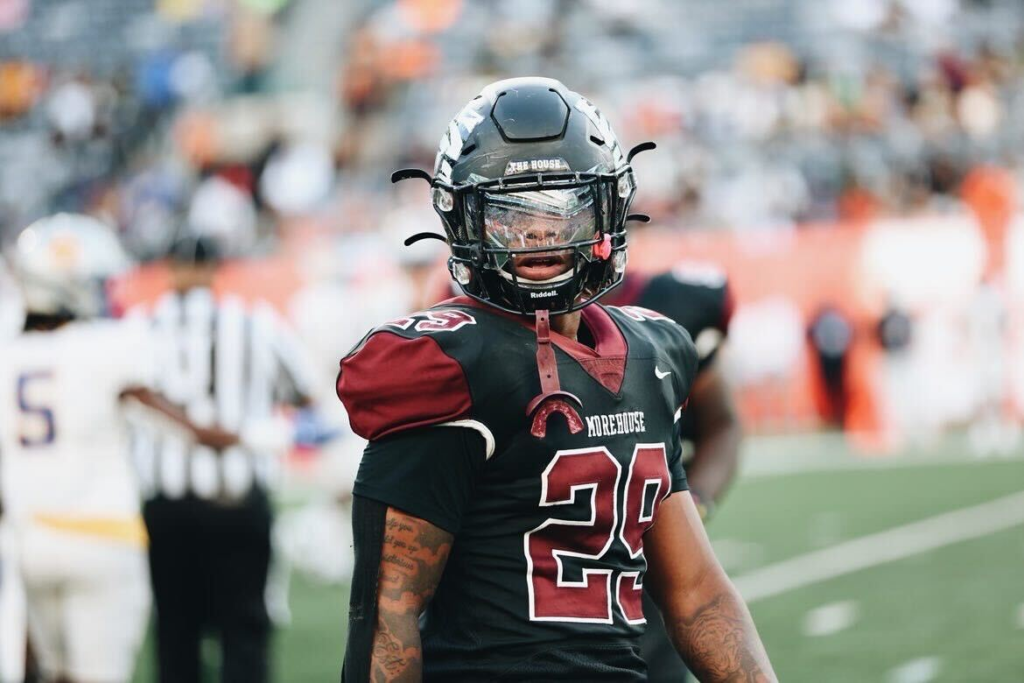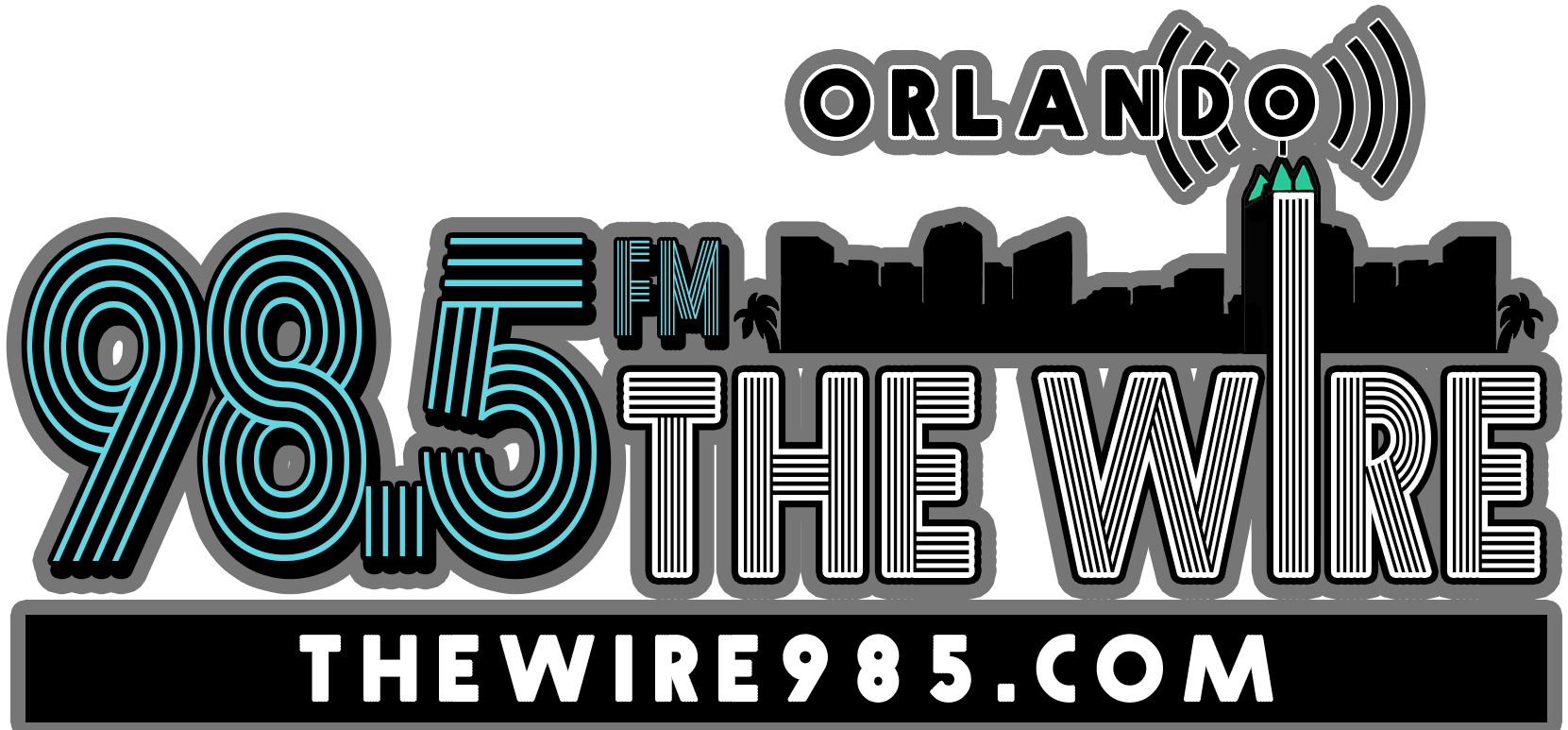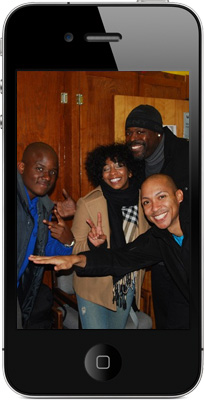At Capital B, we are working hard to inform voters and to amplify the true stories of Black Americans. But we need your help!
Today, your donation will be matched dollar for dollar and will help our continued political coverage. Are you in?
Why not let us come to you? Sign up for our newsletter and get Atlanta’s biggest stories of the week every Saturday in your inbox.
Sign up for Seen & Heard, our Saturday newsletter, and get our biggest stories of the week delivered directly to your inbox.
Sign up for Seen & Heard, our Saturday newsletter, and get our biggest stories of the week directly in your inbox.
Get the untold stories of Black America in your inbox every Saturday.
Capital B News
Sign up for our newsletter to read them each week.
When Ronald Davis III was deciding where to attend college in 2021, he was drawn to Eastern Washington University. He was recruited by the small school as defensive back, and being a kid from Seattle, staying home on a good football scholarship was all he could ask for.
But once he got there, he felt detached from campus life outside of athletics. He felt out of place — at Eastern Washington University, the student body is 62% white and just 4% of students are Black. When it came time to choose a graduate school, he landed on Morehouse College, which he felt might better serve him as a student.
“My identity was kind of just a football player,” at Eastern Washington, Davis said. “I really just associated myself with athletes, and most of the people of color on that campus were athletes, so that was what I gravitated to. I never was involved with off-campus activities because my focus was just on football.”
Students consider a great many factors in making a decision on where they will attend college. Athletes are increasingly aware of the ways that historically Black colleges and universities are especially forthright in their attempts to cater to them holistically.
According to the NCAA demographic database, Black student-athletes made up 16% of the student-athlete population in 2023. Many have chosen to leave predominantly white institutions for HBCUs, with the stated goal of finding a place where they may be more comfortable. This has been made easier by the NCAA transfer portal, launched in 2018.
The feeling of being the “odd one out” has always been something that people struggle to feel comfortable with. Many Black students who attend PWIs struggle to develop their identity.
Experts say HBCUs offer their students a “second curriculum” about Black life. HBCUs provide a life plan, said Raja Rahim, a history professor at Appalachian State University and a graduate of North Carolina Central University. They are uniquely equipped to teach students “how you survive when you leave,” she said.
“We are going to equip you with not only the academic skills but with the human skills, the survival skills, and the intellectual skills that you need to really possess to be Black in America,” Rahim said.
That “second curriculum” is what makes many Black high school students choose HBCUs, Rahim said.
“The struggle to find the long game is real, especially when you’re thinking about identity and belonging in Black spaces,” she said.
Morehouse College athletic director, said coaches at his school are intentional in trying to help students who feel they stick out unnaturally on campus.
“If those kids go to PWIs and don’t feel comfortable, we bring them to our school,” said. “Our coaches target those young kids that want to go to HBCUs and we look at those Black students that attend Ivy leagues and get their young talent to come back.”
Read more: HBCU athletes say they have to work harder to land NIL deals
Only 1.6% of NCAA football players make it to the NFL, and the vast majority come from PWIs. Rahim said HBCUs aim first to educate student-athletes partly because they don’t have the same pressure of major college sports.
“Historically Black colleges and universities have always been about educating Black people first, regardless of your athletic ability,” Rahim said. “It was always about education first in many ways, because historically Black colleges have not been able to profit in the ways that predominantly white institutions of higher education have done for sports.”
Because of how his other institutions handled academics, Davis understood fully what his identity was to be during his time at Eastern Washington.
“They created our schedule for us. So, it worked around practices and in games and workouts. So, my schedule there would be like from nine to 12,” he said. “And then just the rest of the day was just football. So, I was kind of consumed with football just because the academic side was already taken care of by our coaches and administrators in the athletic building.”
Jordan White graduated from James Madison University in May 2023. In choosing a graduate school to continue his college football career, the West Orange, N.J. native saw an opportunity to attend the type of institution his mother — a Virginia State University alum — had always championed.
“I have always wanted to go to an HBCU. My mom is an HBCU graduate and her talking about her HBCU experience and how she always goes back to visit was something I wanted to experience myself, getting a great education while playing football around a culture of excellence” White said. He is now a safety at Hampton University.
Both athletes see an exciting future where HBCUs find more excitement around their athletics programs if they market them the same way as other parts of the institution.
“I just feel like they need to put more emphasis and concern around student-athletes,” White said. “The Greek organizations are really big and it is a main attraction when going to an HBCU but when you put that energy in every sport you are going to get more athletes that want to come play. So, when you get a lot of athletes, and you get the recognition, the money, and the support then who would not want to play for HBCU? It is pretty cool to play in front of your people week after week.”
Davis said HBCUs need to stay up to date with recruiting, NIL deals and academic and athletic resources for their student athletes in order to be competitive.
“A lot of people gravitate towards football. So when you have a successful football team that just brings in more money, and winning is money,” Davis said. “A school like Morehouse already has a big brand, so imagine if the football team just had as many resources.”
Niles Garrison is a fellow with the HBCU Student Journalism Network, a project of Open Campus.
Capital B is a nonprofit news organization dedicated to uncovering important stories — like this one — about how Black people experience America today.
As more and more important information disappears behind paywalls, it’s crucial that we keep our journalism accessible and free for all. But we can’t publish pieces like this without your help. If you support our mission, please consider becoming a member by making a tax-deductible donation. Thank you!
A contribution of any amount will make an immediate difference.
Capital B is a Black-led, nonprofit local and national news organization reporting for Black communities across the country.
Black Student-Athletes Tired of Being the ‘Odd One Out’ at White Schools – Capital B












More Stories
Recovering the Forgotten Past of Black Legal Lives – Los Angeles Review of Books
Oklahoma Birth Equity Initiative helps to improve Maternal Health – The Black Wall Street Times
Raheem Sterling and Richarlison named on Football Black List – The Independent